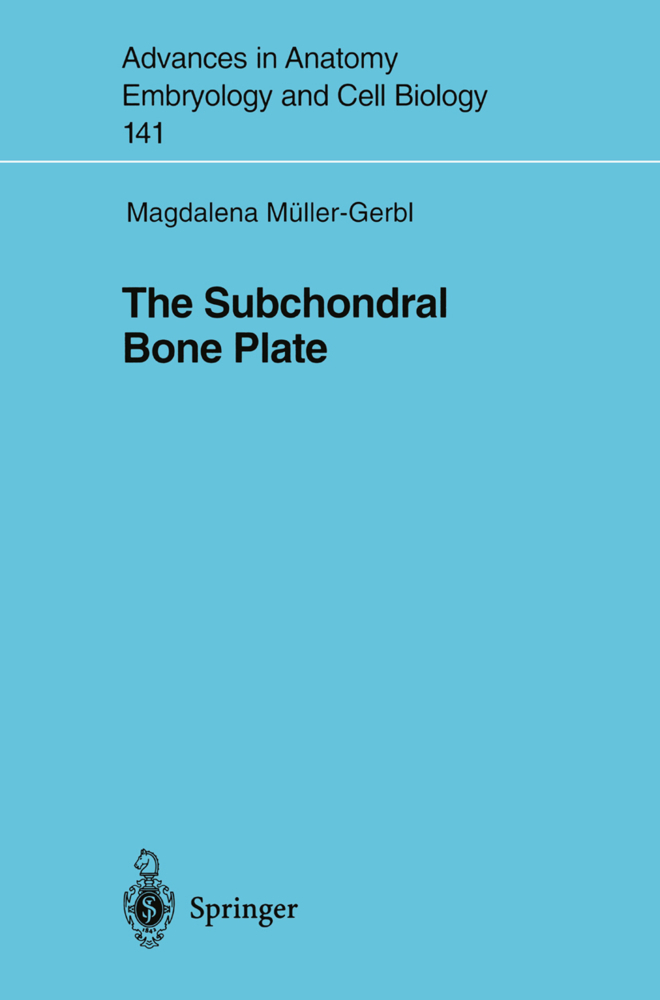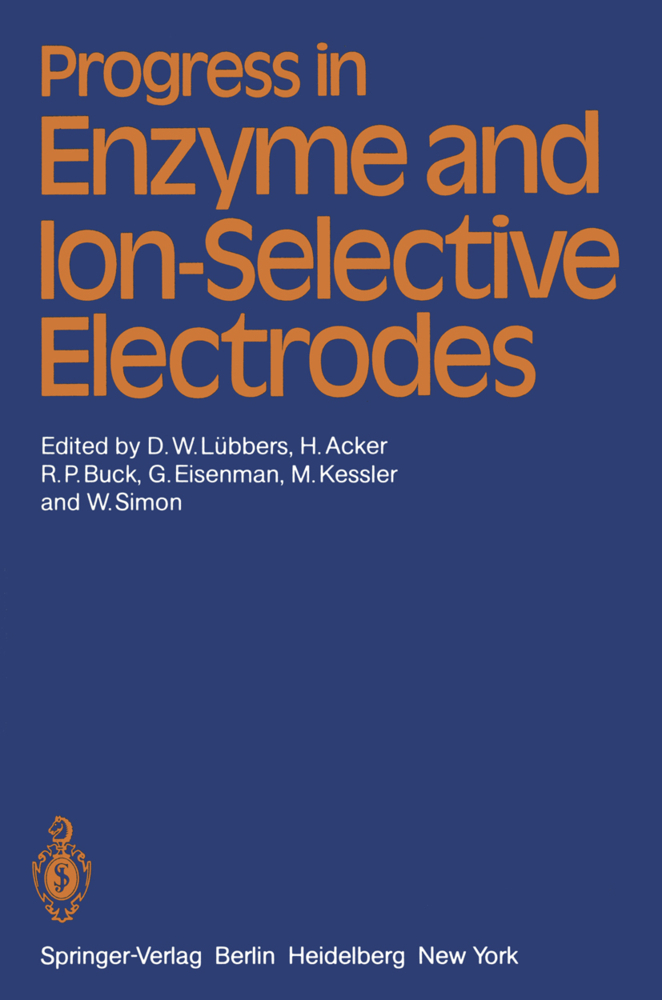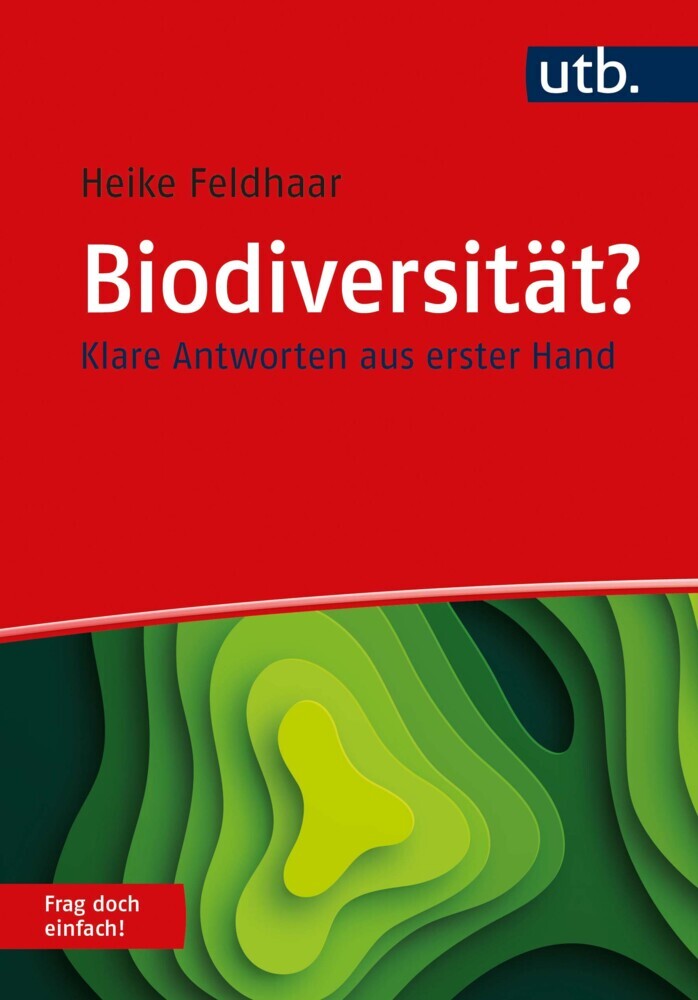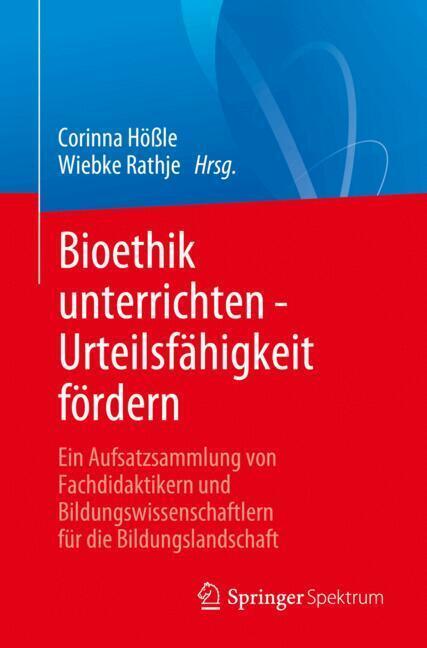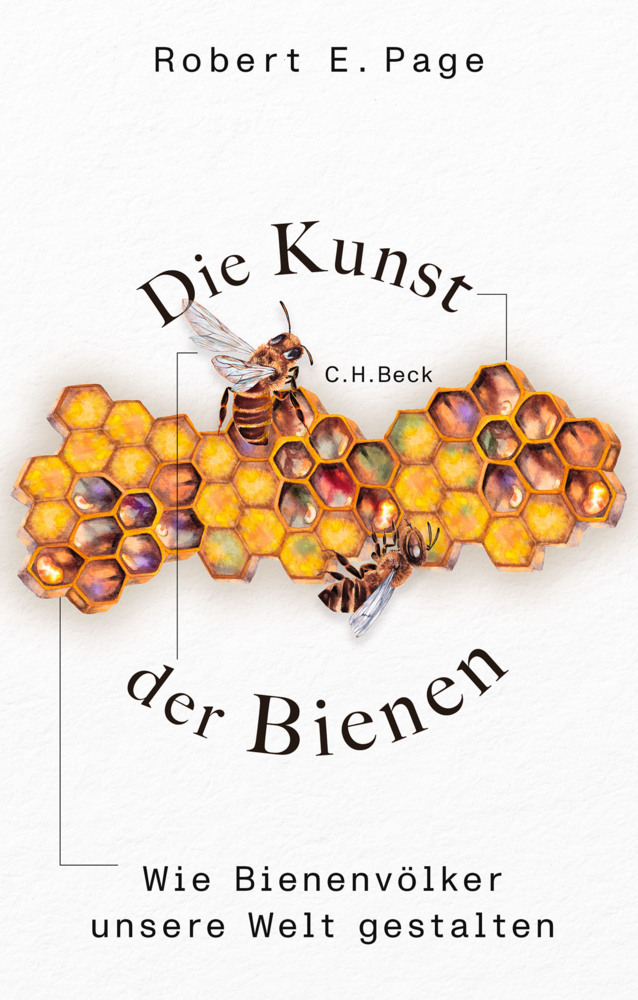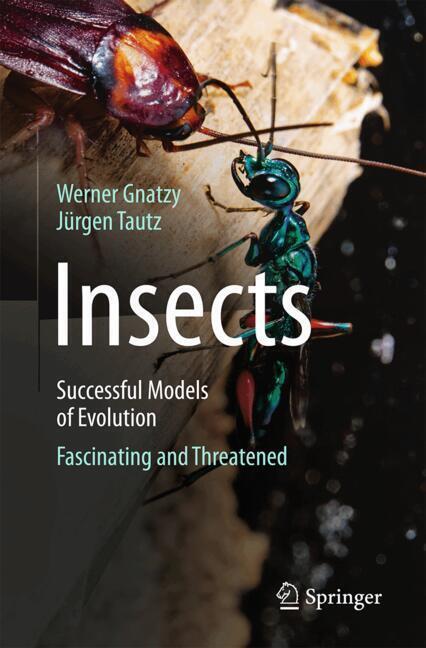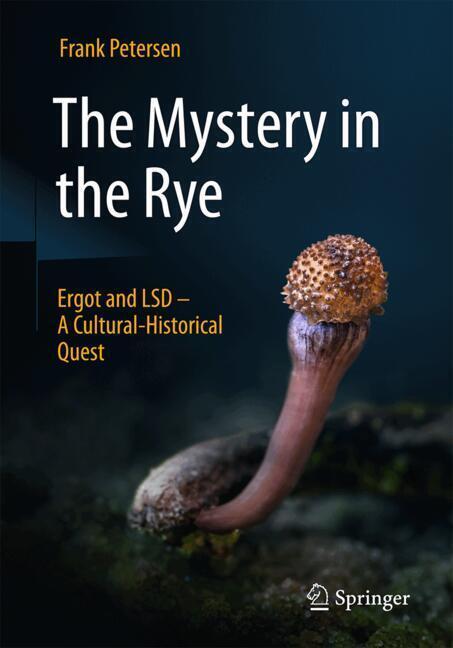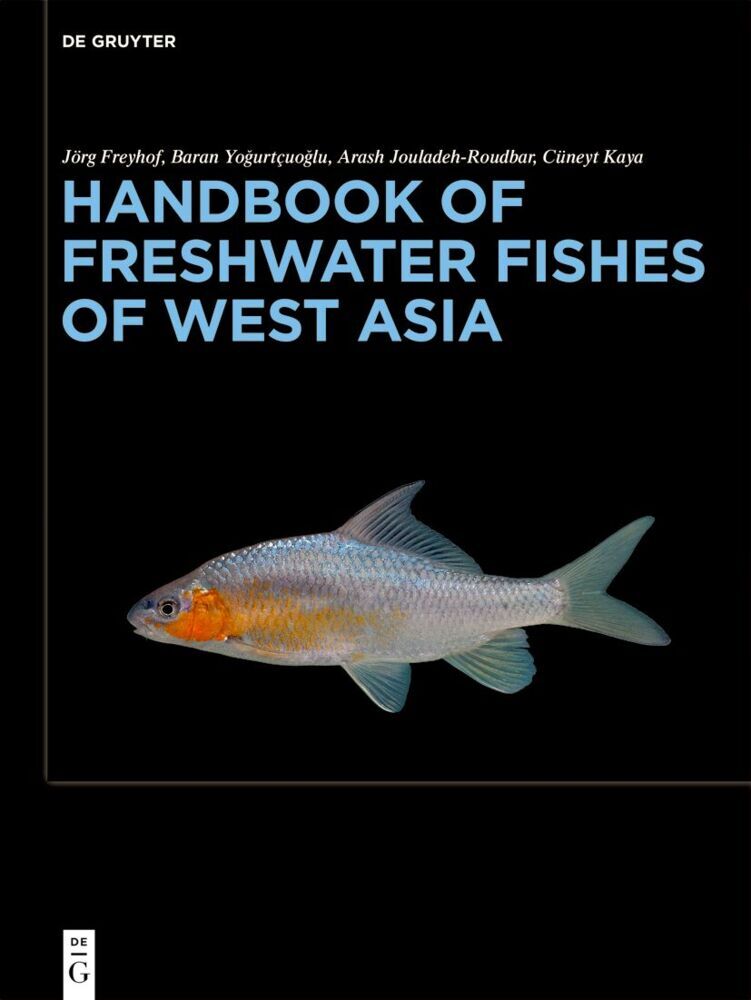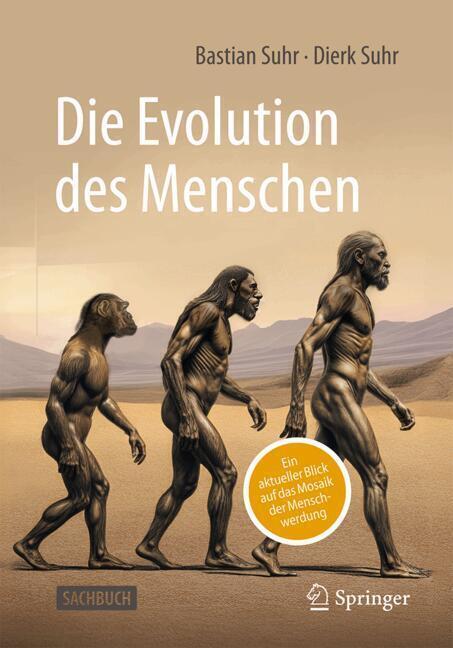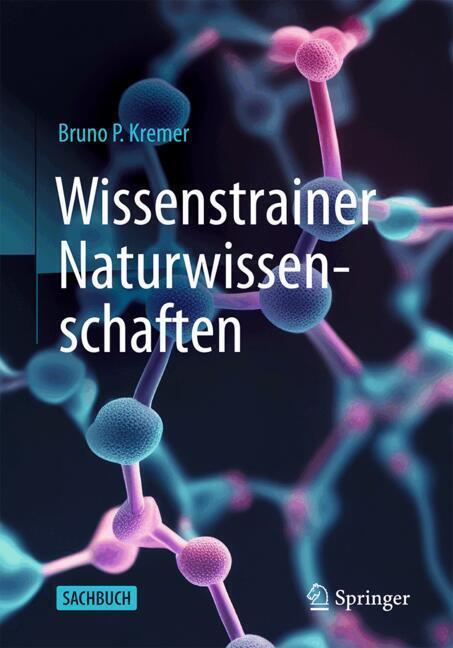The Subchondral Bone Plate
The Subchondral Bone Plate
Investigations on anatomical specimens have demonstrated that the subchondral mineralization does indeed show regular distribution patterns from which conclusions about the mechanical situation within an individual joint may be drawn. Since radiographical densitometry and histological methods are only available for determining the adaptive reaction of the bone to the mechanical situation in a joint after death, the information obtained applies only to an end situation and tells us nothing about the development of the changes with time. Furthermore, investigations carried out on human specimens by radiographical densitometry mostly apply to samples of a particular age, since such specimens can be acquired only from departments of pathology, forensic medicine or anatomy.
1.2 General Mechanisms for the Regulation of the Morphology of Bone Tissue
1.3 Morphology of the Subchondral Bone
1.4 Function of the Subchondral Bone Plate
1.5 Possible Pathomechanisms Leading to Osteoarthritic Changes
1.6 Factors Regulating the Remodeling of the Subchondral Bone
1.7 The Aims of this Investigation
2 Materials
2.1 Material for the Validation of CT-OAM
2.2 Materials Used for CT-OAM
3 Methods
3.1 X-ray Densitometry
3.2 CT OAM Used to Demonstrate the Patterns of Subchondral Mineralization in the Living Subject
3.3 The Production of Secondary Sections
3.4 Dual-energy QCT with basis material decomposition
3.5 Methods of Achieving Standardized Evaluation and Quantification of the Mineralization Patterns
4 Validation of CT OAM
4.1 Comparison with Conventional Procedures
4.2 Dependence of the Absorption Value on the Calcium Concentration
4.3 The Use of CT OAM in Connection With Sections Cut at Other Angles
5 Mineralization Patterns in Healthy Subjects
5.1 Vertebral Column (Lumbar Region)
5.2 Shoulder Joint
5.3 Elbow Joint
5.4 Radiocarpal Joint
5.5 Hip Joint
5.6 Femorotibial Joint
5.7 Femoropatellar Joint
5.8 Ankle Joint
6 Pathological Mineralization Patterns
6.1 Vertebral Column
6.2 Shoulder Joint
6.3 Radiocarpal Joint
6.4 Hip Joint
6.5 Femorotibial Joint
6.6 Femoropatellar Joint
7 Factors Influencing the Development of Normal Patterns of Mineralization
7.1 The Shape of the Joint Surfaces
8 Factors Influencing the Development of Pathological Patterns of Mineralization
8.1 Abnormal Geometrical Relationships
8.2 Changes in the Magnitude of the Joint Reaction Force
8.3 Changes in Size and Position of the Contact Surfaces
8.4 Changes in the Penetration Point of the Joint Reaction Force
8.5 The Temporal Course of the Changes
9 Possible Clinical Application of CT OAM
9.1 Basic Clinical Research
9.2 Diagnosis
9.3 Following the Progress of Treatment
10 Summary
References.
1 Introduction (Review of Literature)
1.1 Preliminary Remarks1.2 General Mechanisms for the Regulation of the Morphology of Bone Tissue
1.3 Morphology of the Subchondral Bone
1.4 Function of the Subchondral Bone Plate
1.5 Possible Pathomechanisms Leading to Osteoarthritic Changes
1.6 Factors Regulating the Remodeling of the Subchondral Bone
1.7 The Aims of this Investigation
2 Materials
2.1 Material for the Validation of CT-OAM
2.2 Materials Used for CT-OAM
3 Methods
3.1 X-ray Densitometry
3.2 CT OAM Used to Demonstrate the Patterns of Subchondral Mineralization in the Living Subject
3.3 The Production of Secondary Sections
3.4 Dual-energy QCT with basis material decomposition
3.5 Methods of Achieving Standardized Evaluation and Quantification of the Mineralization Patterns
4 Validation of CT OAM
4.1 Comparison with Conventional Procedures
4.2 Dependence of the Absorption Value on the Calcium Concentration
4.3 The Use of CT OAM in Connection With Sections Cut at Other Angles
5 Mineralization Patterns in Healthy Subjects
5.1 Vertebral Column (Lumbar Region)
5.2 Shoulder Joint
5.3 Elbow Joint
5.4 Radiocarpal Joint
5.5 Hip Joint
5.6 Femorotibial Joint
5.7 Femoropatellar Joint
5.8 Ankle Joint
6 Pathological Mineralization Patterns
6.1 Vertebral Column
6.2 Shoulder Joint
6.3 Radiocarpal Joint
6.4 Hip Joint
6.5 Femorotibial Joint
6.6 Femoropatellar Joint
7 Factors Influencing the Development of Normal Patterns of Mineralization
7.1 The Shape of the Joint Surfaces
8 Factors Influencing the Development of Pathological Patterns of Mineralization
8.1 Abnormal Geometrical Relationships
8.2 Changes in the Magnitude of the Joint Reaction Force
8.3 Changes in Size and Position of the Contact Surfaces
8.4 Changes in the Penetration Point of the Joint Reaction Force
8.5 The Temporal Course of the Changes
9 Possible Clinical Application of CT OAM
9.1 Basic Clinical Research
9.2 Diagnosis
9.3 Following the Progress of Treatment
10 Summary
References.
Müller-Gerbl, Magdalena
| ISBN | 978-3-540-63673-1 |
|---|---|
| Artikelnummer | 9783540636731 |
| Medientyp | Buch |
| Copyrightjahr | 1998 |
| Verlag | Springer, Berlin |
| Umfang | XI, 134 Seiten |
| Abbildungen | XI, 134 p. 77 illus., 1 illus. in color. |
| Sprache | Englisch |

